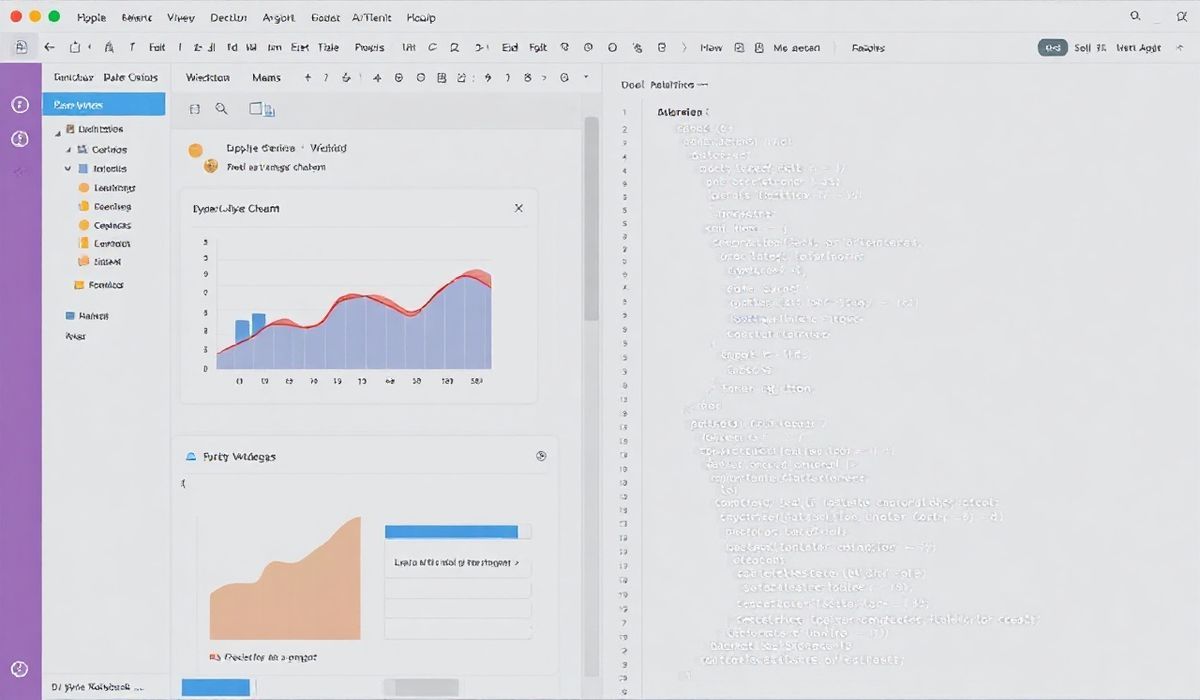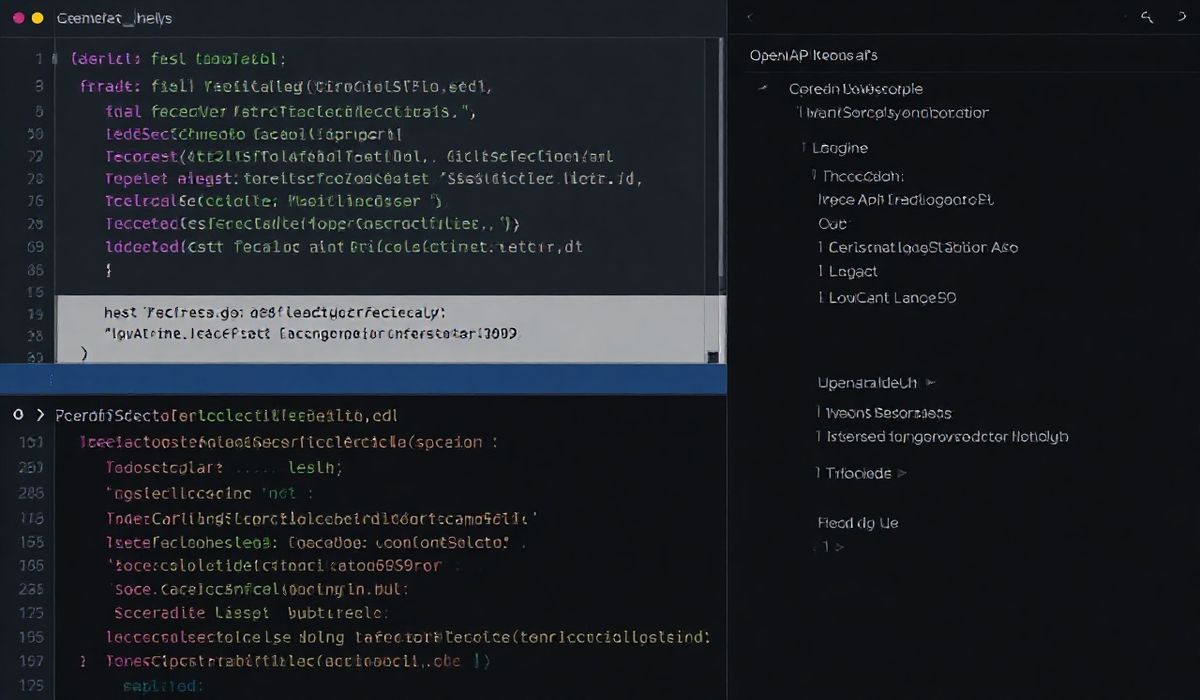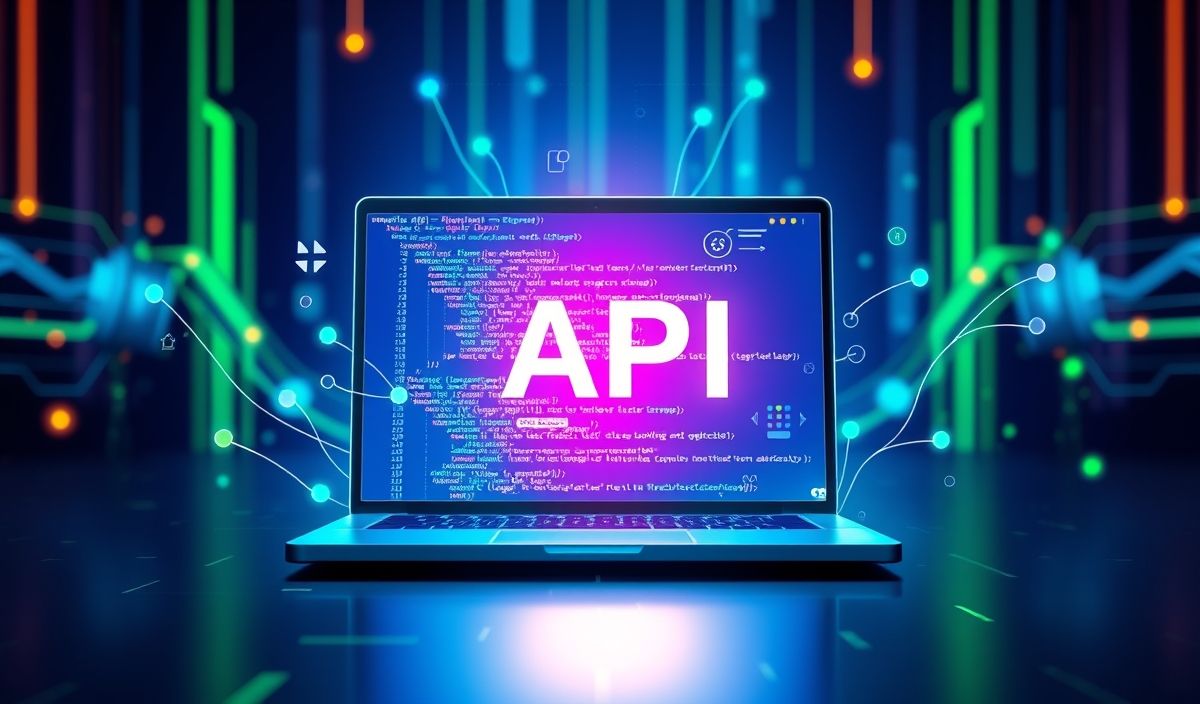Jupyter: A Dynamic Platform for Interactive Computing
Jupyter is an open-source interactive computing environment that enables users to create and share documents containing live code, equations, visualizations, and narrative text. It is the backbone of the data science ecosystem, empowering developers, researchers, and analysts to analyze data, visualize results, and report findings in a cohesive way.
Jupyter supports multiple languages (via kernels), but it is most famously associated with Python. In this blog, we will explore some of Jupyter’s essential APIs, showcase examples of how they can be used, and highlight how they come together in a simple app example.
Highlights of Jupyter’s APIs
1. IPython Display Module
The IPython display module allows you to customize outputs, embed rich media, and manage various display formats.
from IPython.display import display, Markdown, HTML, Image, Video
# Displaying Markdown and HTML
display(Markdown("## This is Markdown!"))
display(HTML("This is HTML content!
"))
# Embedding an image
display(Image(url="https://via.placeholder.com/150", width=200, height=200))
# Embedding a video
display(Video("https://www.example.com/sample-video.mp4", embed=True))
2. Magic Commands
Jupyter supports magic commands that enhance productivity in the notebook environment. These commands start with `%` for single-line and `%%` for multi-line operations.
# Timing your code with %time
%time sum(range(1000000))
# Running shell commands with !
!ls
# Multi-line magic: %%timeit
%%timeit
numbers = [i for i in range(1000)]
squares = [n**2 for n in numbers]
3. nbconvert for Notebook Conversion
The nbconvert API allows you to convert Jupyter Notebook files into various formats (e.g., HTML, PDF, or slides).
# Converting a notebook to HTML using Python script
from nbconvert import HTMLExporter
# Load the notebook
with open("example.ipynb") as f:
notebook_content = f.read()
html_exporter = HTMLExporter()
(body, resources) = html_exporter.from_notebook_node(notebook_content)
# Saving the file as a .html
with open("example.html", "w") as f:
f.write(body)
4. Interactivity with Widgets
Jupyter supports interactive controls using ipywidgets. This is useful for creating dynamic widgets like sliders, dropdowns, and buttons.
import ipywidgets as widgets
def on_button_click(b):
print("Button clicked!")
# Create a button
button = widgets.Button(description="Click Me!")
button.on_click(on_button_click)
# Display the button
display(button)
# Adding a slider
slider = widgets.IntSlider(value=5, min=0, max=10, step=1, description='Value:')
display(slider)
5. File I/O with Jupyter
Jupyter provides APIs to interact with files directly from a notebook.
# Writing to a file
with open('sample.txt', 'w') as f:
f.write("Hello, Jupyter!")
# Reading and displaying the file content
with open('sample.txt', 'r') as f:
content = f.read()
print(content)
6. Matplotlib and Visualization
Jupyter integrates seamlessly with Matplotlib for visualizing data.
import matplotlib.pyplot as plt
# Basic plot
x = [1, 2, 3, 4, 5]
y = [10, 20, 25, 30, 40]
plt.plot(x, y, label='Line Graph')
plt.xlabel('X-axis')
plt.ylabel('Y-axis')
plt.title('Sample Plot')
plt.legend()
plt.show()
A Real-World Example: Building a Simple Weather Explorer
Now, let’s combine the APIs above to build a basic Weather Explorer app. We’ll use widgets for input and matplotlib for visualization.
import ipywidgets as widgets
import matplotlib.pyplot as plt
def display_weather_data(city):
# Sample data for visualization (mock data)
days = ['Monday', 'Tuesday', 'Wednesday', 'Thursday', 'Friday']
temperatures = [22, 24, 19, 23, 20]
# Visualization
plt.bar(days, temperatures, color='skyblue')
plt.title(f'Temperature in {city} Over the Week')
plt.ylabel('Temperature (C)')
plt.xlabel('Days')
plt.show()
# Dropdown to select city
city_dropdown = widgets.Dropdown(
options=['New York', 'Los Angeles', 'Chicago', 'Houston', 'Seattle'],
description='City:'
)
# Button to display weather
button = widgets.Button(description="Show Weather")
# Event handler
def on_button_click(b):
display_weather_data(city_dropdown.value)
button.on_click(on_button_click)
# Display controls
display(city_dropdown, button)
Conclusion
Jupyter is a remarkable tool that unlocks endless possibilities for interactive computing, data analysis, and visualization. Through its diverse range of APIs, you can craft dynamic, user-friendly experiences directly from your notebook environment. Whether you’re building a simple app like the Weather Explorer or developing complex machine learning workflows, Jupyter provides the perfect foundation for your projects.
Dive into Jupyter today and explore the full potential of interactive computing!




